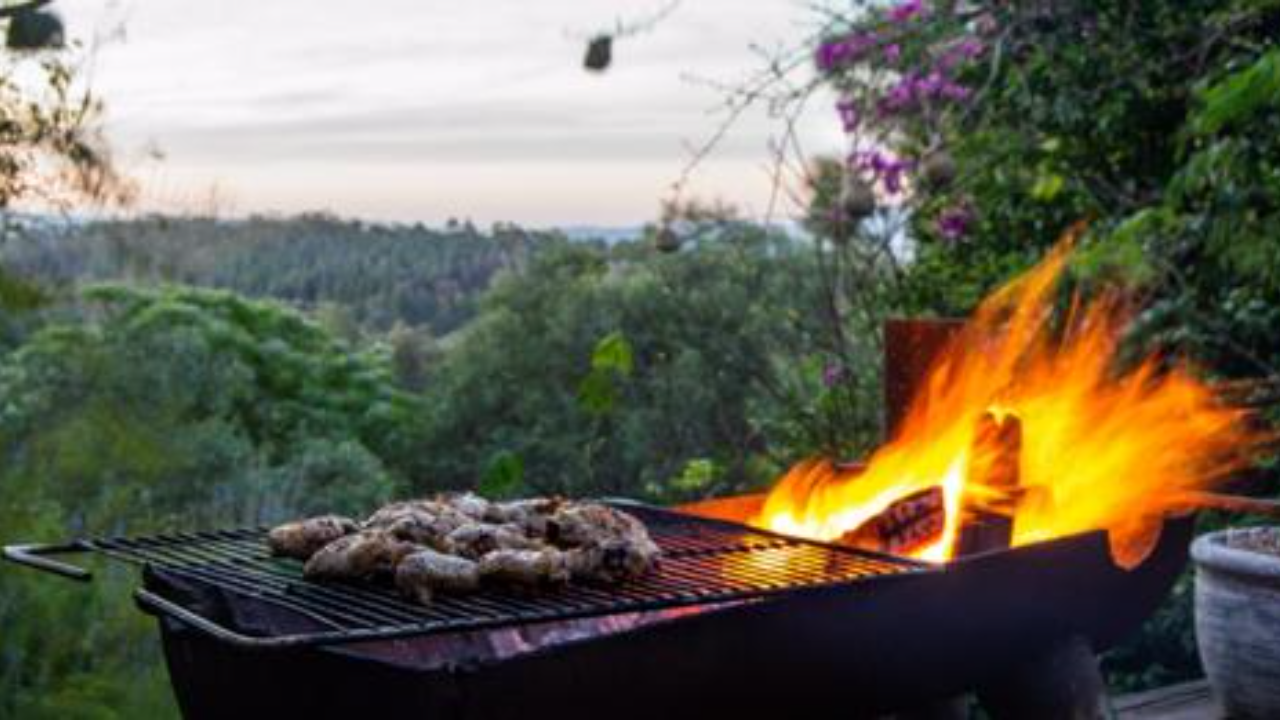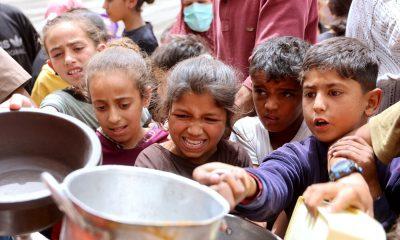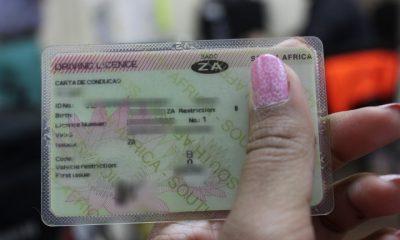News
Rising Food Prices in South Africa Highlight Monetary Policy Concerns

Rising food prices in South Africa are once again a cause for concern, reinforcing central bank Governor Lesetja Kganyago’s determination to maintain a tight monetary policy for an extended period. In June, the cost of a basket of goods in Bloomberg’s South African Shisa Nyama Index, which reflects the expenses of traditional backyard braais, surged to 15% year-on-year, compared to 12% in May. This acceleration marks a reversal of a three-month decline in price increases, posing a significant challenge for South Africans already grappling with persistent power outages and a sluggish economy as reported by Business Tech.
Also Read: Scatec ASA Secures R5.1 Billion for Solar Projects in South Africa
Restaurant owners like Khunou Nyakale feel the impact as they struggle to pass on the soaring costs of items like onions, which skyrocketed by 97% in June, to consumers. This predicament has led to eateries having to lay off workers. Nyakale, who operates two shisa nyama restaurants, including Meat Meet in Soweto, expressed the worsening situation, stating, “It’s getting worse, and we’re just holding on.” Despite the challenges, Nyakale has refrained from raising prices, fearing it would drive away customers. Instead, he hopes that costs will stabilize over the next year.
Also Read: SAA Launches Direct Routes to São Paulo from Cape Town and Joburg
Bloomberg’s index relies on data from the Pietermaritzburg Economic Justice and Dignity group (PMBEJD) to track the prices of essential ingredients used in a shisa nyama, such as cornmeal, onions, carrots, tomatoes, curry powder, salt, frozen chicken portions, beef, and wors. The PMBEJD’s data collectors monitor food prices in 47 supermarkets and 32 butcheries catering to the low-income market in Johannesburg, Durban, Cape Town, Pietermaritzburg, Springbok, and Mtubatuba.
Also Read: Transforming Internet Connectivity in Krugersdorp: A Remarkable Evolution
Although food inflation eased to 12% in May according to Statistics South Africa, the overall figure dropped to a 13-month low of 6.3%. However, it has remained above the target range set by the South African Reserve Bank since May of the previous year, prompting policymakers to maintain a tight monetary policy stance. Research conducted by the Bureau for Food and Agricultural Policy attributes the rising food prices to increasing global food commodity prices, a weakened rand, and persistent power cuts imposed by the state power utility.
The higher input costs have compelled farmers to reduce onion cultivation, potentially leading to prolonged elevated prices for the vegetable. Christo van der Rheede, CEO of Agri SA, acknowledged the impact of higher costs on onion production. Nyakale recognizes the importance of onions for his shisa nyama restaurants, saying, “We can’t cut out onions. It compromises on what people come here for. They’ll definitely go somewhere else, and then you’re done.”
Also Read:
Follow us on Google News
Photo: Facebook / @BusinessTech






















